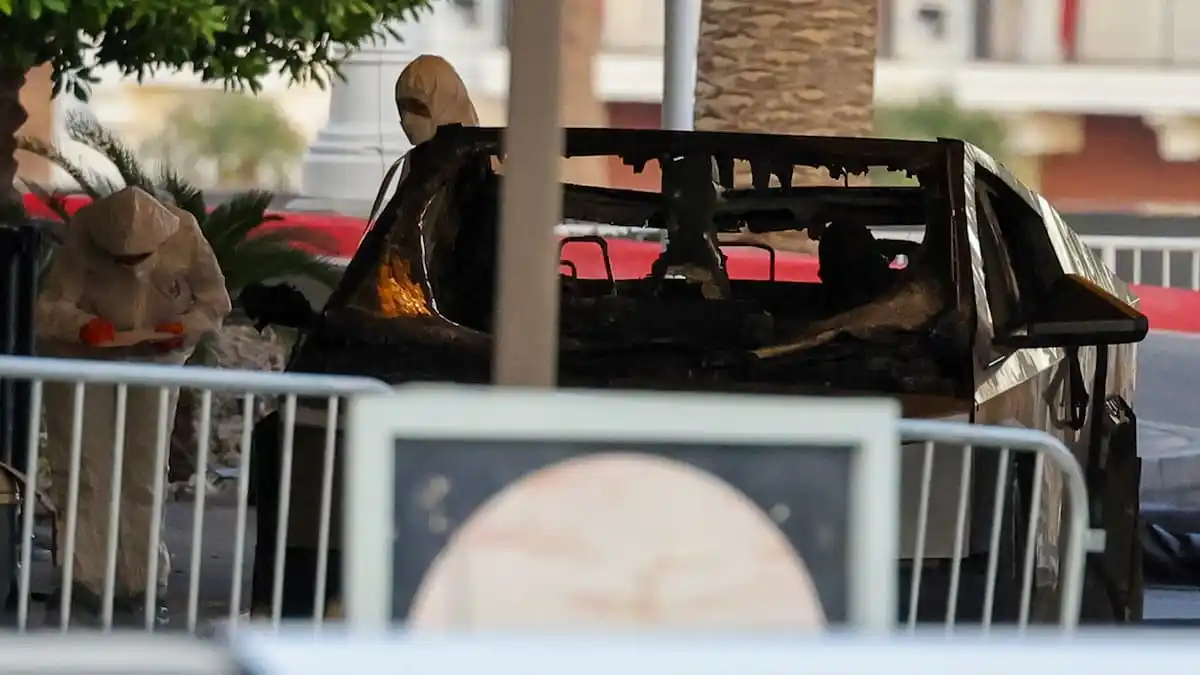
The recent explosion involving a Tesla Cybertruck outside the Trump International Hotel in Las Vegas has raised a lot of questions, mainly surrounding the identity of the driver and their intentions. But one thing we do know for sure is that the Cybertruck is far from being a safe vehicle.
The list of design flaws in Elon Musk’s peculiar creation is pretty staggering. From minor issues like doors that trap people’s fingers to more serious concerns, like Teslas literally catching fire, it’s hard not to question whether these vehicles should even be on the roads. One major criticism that keeps coming up is the lack of proper safety measures, such as crumple zones. Skeptics argue that the Cybertruck’s design is anything but safe. Plus, there’s no guard plate at the front, meaning it’s vulnerable to even minor damage, like a piece of plastic fencing.
As if people weren’t already critical of these trucks, the explosion in Las Vegas has added fuel to the fire. Reports suggest that during the blast, the Cybertruck might have auto-locked, trapping anyone inside. A snippet from an ABC News article highlighted this glaring safety flaw, sparking further criticism of the vehicle’s design.
This isn’t the first time a Tesla’s locking mechanism has been under scrutiny. Last year, four people tragically died in Toronto after a Tesla Model Y crashed and caught fire. Bystanders reported that the doors may have been malfunctioning, preventing passengers from escaping the flames.
As for the Las Vegas explosion, it’s believed to have been an intentional act. Police say the blast was caused by a combination of fireworks, gas containers, and camping fuel placed in the truck’s bed, detonated by a device the driver had. While the vehicle’s bulky construction may have helped prevent more damage to the building, it seems likely that the person inside the Cybertruck didn’t survive. Whether that was the driver’s intention remains unclear, but the reports about the truck auto-locking raise serious safety concerns.
A vehicle that locks passengers inside, especially during an emergency like a fire, should not be on the roads, regardless of the circumstances surrounding the incident. This tragic event only adds to the growing list of safety issues with the Cybertruck, and it raises important questions about the vehicle’s readiness for widespread use.
